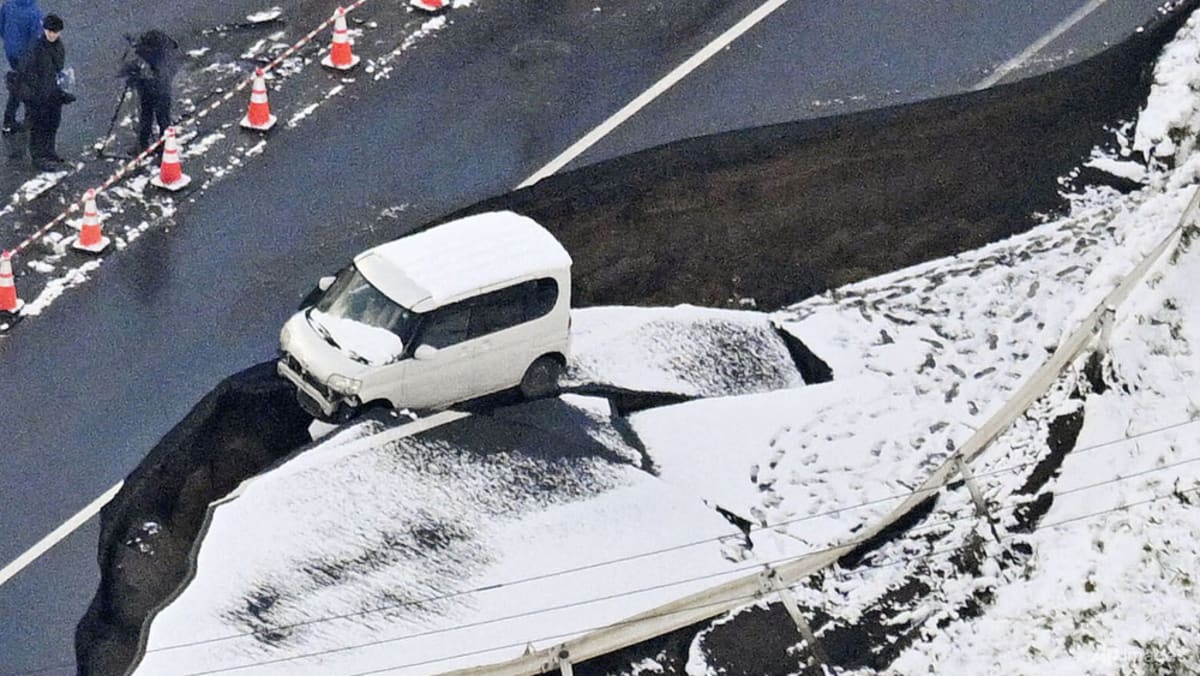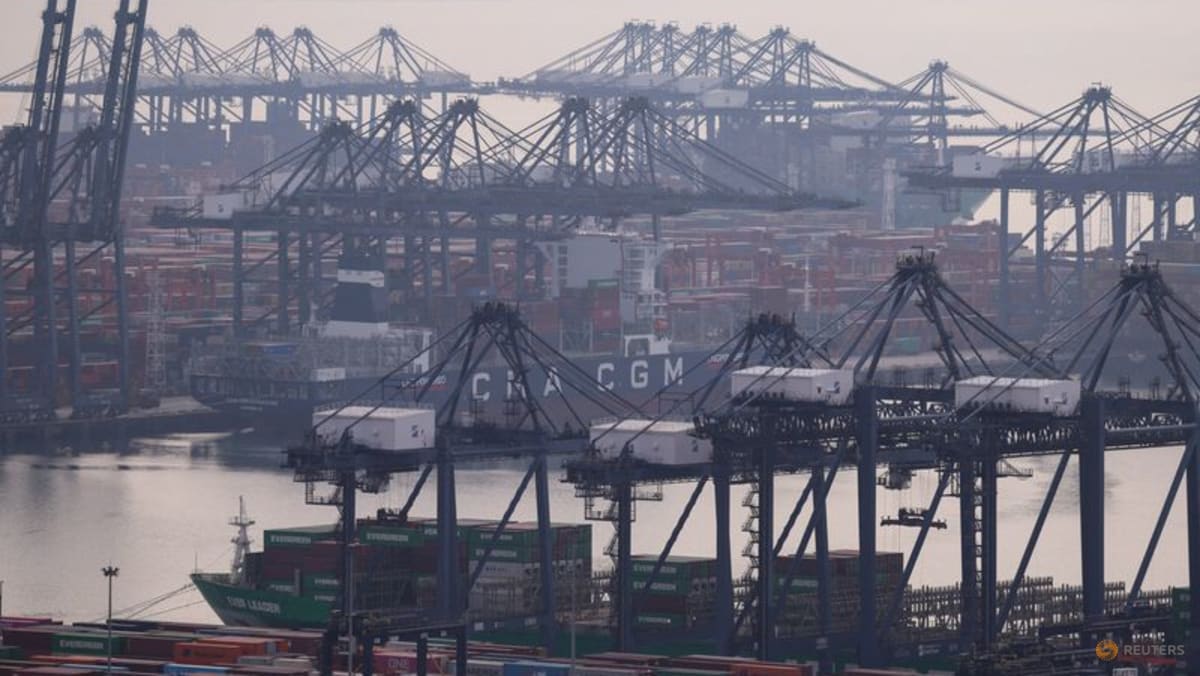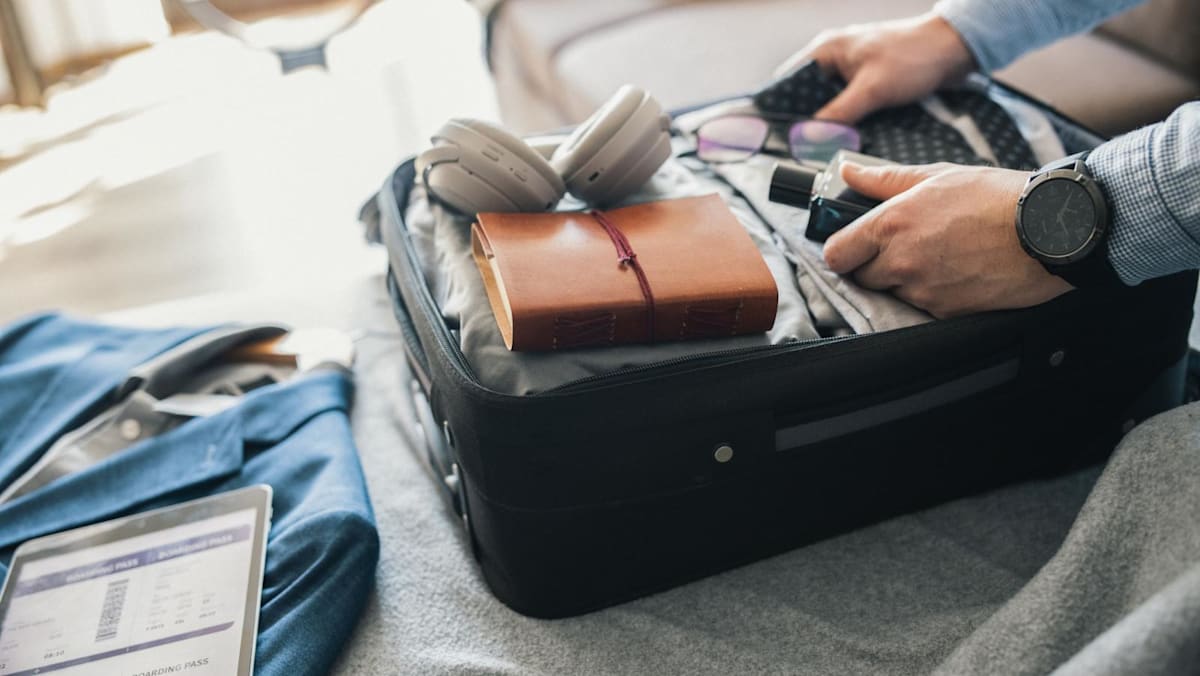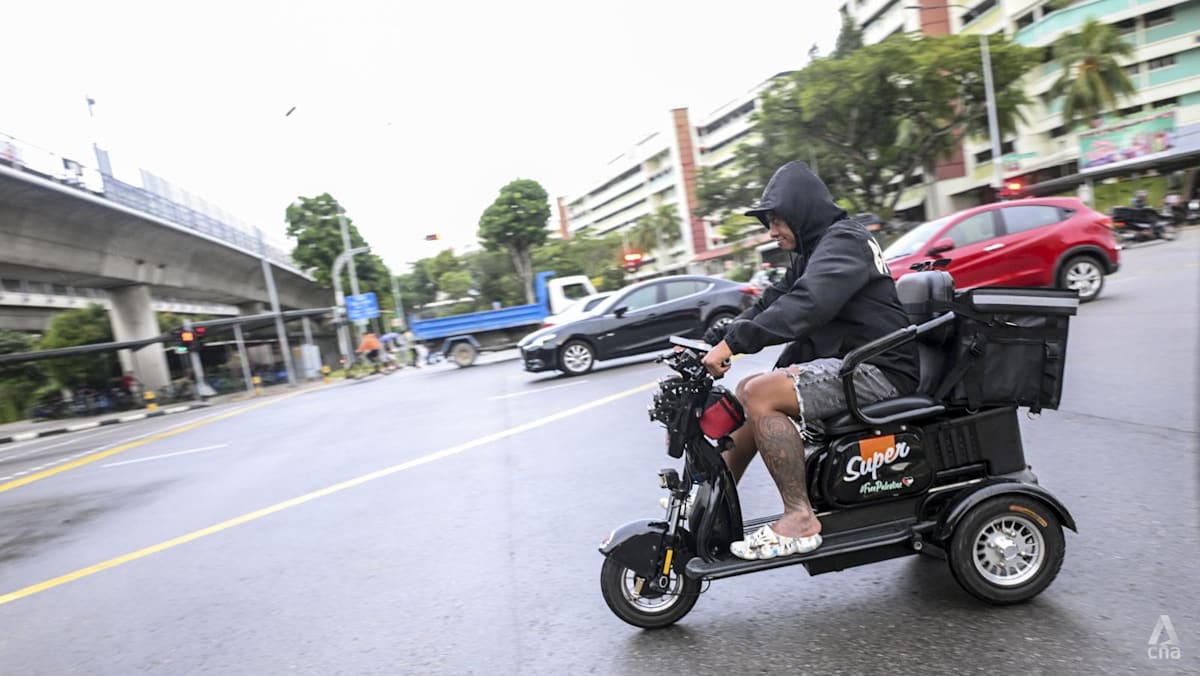KUALA LUMPUR: When Kuala Lumpur International Airport (KLIA) was crowned the most “connected” low-cost carrier (LCC) megahub in the world by the Official Aviation Guide (OAG) for the second year in a row last month, the response from netizens was swift.
Some congratulated the airport and its operator, Malaysia Airports Holdings Berhad, while others poked fun at the accolade and highlighted issues such as breakdowns of KLIA’s aerotrain that connects the main terminal building to its satellite building.
According to OAG, an aviation data platform, the title is a direct result of the extensive network offered by dominant carrier AirAsia, which contributed a 36 per cent share of KLIA’s flights.
AirAsia flies to more than 100 destinations across 25 countries from its hub at KLIA’s Terminal 2, operating approximately 4,500 flights weekly.
KLIA had 16,502 LCC connections across 151 destinations, OAG noted.
KLIA also ranked highly in overall global connectivity, securing joint fourth place with Germany’s Frankfurt International Airport in the world’s top megahubs category.
London’s Heathrow Airport was the world’s most connected airport for the third year in a row, according to OAG, followed by Turkiye’s Istanbul Airport and Holland’s Amsterdam Airport Schiphol.
Singapore’s Changi Airport was 11th in the overall category.
After ranking 12th in 2019, KLIA rose to fourth in 2023, peaked at second last year before notching fourth position again this year.
OAG's chief analyst John Grant told CNA that the evaluation was based on a series of parameters, including the number of destinations served and the frequency of service to those destinations.
“The results again demonstrate that KLIA is a very successful connecting point for travellers from around the world with a large combination of airlines and destinations served,” he said.
OAG’s analysis used flight data extracted from the busiest day for global aviation from Sep 2024 to Aug 2025 – Aug 1, 2025 – based on the total scheduled seats for the world's 100 largest and 100 largest international airports.
OAG said the total number of all possible connections was calculated between inbound and outbound flights within a six-hour window, considering those where either the inbound, outbound, or both flights are international.
The other criteria chosen for all operating flights were: Single connections to or from the chosen airports, a maximum circuitry of 150, and a maximum connection window of six hours. A maximum circuitry of 150 means the maximum allowed length of the actual flight path, especially for connecting flights, can be 150 per cent of the most direct route.
OAG’s low-cost megahub rankings used the same methodology, taking into account low-cost flights only.
While the rankings reflect KLIA’s contribution to Malaysia’s global standing – in the words of Malaysia Airports – aviation analysts and industry players said they mask operational and infrastructure deficiencies.
These gaps must be addressed if the airport is to compete globally with other airports, they added.
“There's a big difference being named ‘top’ megahub from a numbers perspective but (being) unbelievably inefficient in terms of passenger comfort,” said Shukor Yusof of Endau Analytics.
“Airport and airline rankings need to be taken with a large dose of salt.”
Shukor added that KLIA currently lags in the maintenance of its facilities, citing regional rival Singapore’s Changi Airport as the benchmark that KLIA needed to meet.
REGIONAL CONNECTIVITY IS KLIA’S “MAIN STRENGTH”
As of June this year, KLIA was reported to be serving 70 airlines, surpassing the pre-COVID-19 pandemic level of 69 airlines.
“This year alone, the airport has welcomed six new airline entrants and launched 11 new routes across the network,” Malaysia Airports said in a statement on Sep 24.
“Long-haul capacity has been expanded with higher frequencies from global carriers, while the presence of Chinese airlines has more than doubled compared to pre-pandemic levels.”
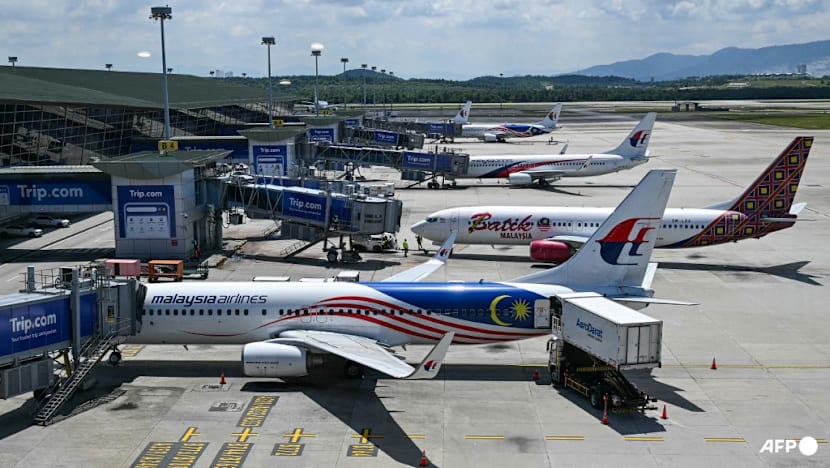 Malaysia Airlines and Batik Air aircraft are seen on the tarmac at Kuala Lumpur International Airport in Sepang on Aug 12, 2025.
(Photo: AFP/Mohd Rasfan)
Malaysia Airlines and Batik Air aircraft are seen on the tarmac at Kuala Lumpur International Airport in Sepang on Aug 12, 2025.
(Photo: AFP/Mohd Rasfan)
Last year, new carriers that launched routes to KLIA included Air Macau, Iraqi Airways and Turkmenistan Airlines, contributing to the airport's expanding global connectivity, noted Harridon Mohamed Suffian of Universiti Kuala Lumpur’s Malaysian Institute of Aviation Technology.
“The addition of these new carriers significantly contributes to greater international connectivity, while we also observe existing airlines increasing their frequencies,” said Harridon, an aviator and economist.
Streamlined immigration and security checks, facilitated by new biometric equipment and kiosks, have successfully boosted the on-time performance (OTP) for the airport and its converging airlines, said Harridon.
In August 2025, for flights departing from Kuala Lumpur, Malaysia Airlines was the only Malaysian carrier that met the authorities’ target of 85 per cent of flights departing within 15 minutes of the scheduled time, according to data published by the Civil Aviation Authority of Malaysia. This applied to Malaysia Airlines' domestic and international flights.
AirAsia, Batik Air and Firefly’s OTP for domestic flights ranged from 52.7 to 71.9 per cent in August 2025, missing the target. For international flights, AirAsia, AirAsia X, Batik Air and Firefly’s OTP ranged from 49 to 73.4 per cent.
While numbers fluctuate each month, in August 2024, AirAsia X was the only Malaysian carrier that met the 85-per-cent target, for its domestic flights.
"When airlines are considering an airport as a potential regional base, they specifically look for a significant increase in the airport's OTP, as this contributes to a favourable operating environment," Harridon said.
KLIA – located about 55km from Kuala Lumpur - was officially opened in June 1998, shortly before the Commonwealth Games hosted by the city.
Initially operating with one main terminal, the airport expanded its infrastructure by opening a second terminal in 2014 to specifically accommodate the rapid growth of low-cost carrier flights.
Aviation analyst Brendan Sobie said that KLIA is the leading airport in terms of its ASEAN network, driven mainly by AirAsia.
“This regional connectivity is KLIA’s main strength and probably drives the high score in the OAG Megahub index,” he said.
OAG’s Megahubs 2025 report highlights how air connectivity is evolving – shifting from traditional long-haul transfer hubs to more agile regional networks that prioritise accessibility, digitalisation and efficiency, Bo Lingam, group chief executive of AirAsia Aviation Group, told CNA.
“Kuala Lumpur’s transformation into the world’s top low-cost carrier hub reflects how Malaysia’s aviation ecosystem has evolved to meet new travel behaviours and market realities,” said Bo.
Networks and schedules have been adapted to meet rising demand for affordable, short- and medium-haul travel across Asia, he added.
AirAsia has focused on “shaping hubs that foster growth and opportunity from Kuala Lumpur and Bangkok (Don Mueang) to Bali, Cebu, Phnom Penh - just to name a few, building a multi-hub ecosystem that connects emerging cities to global destinations”, Bo said.
The carrier continues to expand its reach to “new growth corridors” in the Middle East, Central Asia and beyond, as it moves towards becoming the world’s first low-cost network carrier, said Bo.
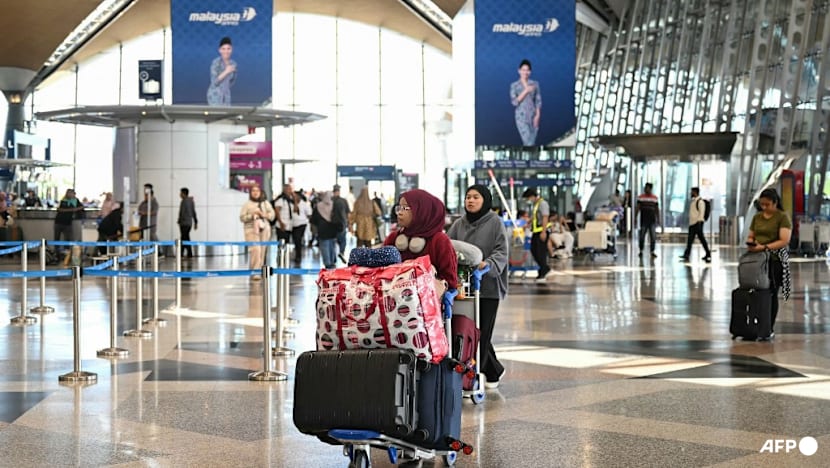 Passengers at Kuala Lumpur International Airport (Photo: AFP/ Mohd Rasfan)
Passengers at Kuala Lumpur International Airport (Photo: AFP/ Mohd Rasfan)
EXPERTS URGE BETTER EXPERIENCE FOR PASSENGERS
Despite improvements in connectivity, industry experts caution that KLIA still has a considerable way to go to match the overall standards of leading regional airports.
KLIA’s split terminal design and infrastructure inherently give it a competitive disadvantage, said Sobie.
KLIA Terminal 1 and Terminal 2 are not connected airside, requiring transferring passengers to exit and re-enter, which involves clearing immigration, collecting baggage (if checked), and going through security again.
Changi Airport, for one, has airside connectivity between all of its terminals.
KLIA primarily offers regional connectivity while Changi and other hubs in Southeast Asia, such as Bangkok’s Suvarnabhumi Airport, have significant intercontinental traffic including intercontinental transit, Sobie pointed out.
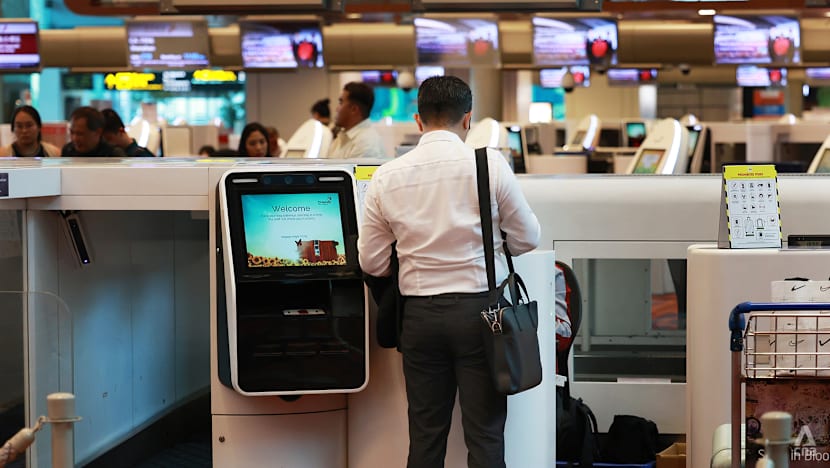 A passenger checking in his luggage at Changi Airport in Singapore on Jun 24, 2025. (Photo: CNA/Raj Nadarajan)
A passenger checking in his luggage at Changi Airport in Singapore on Jun 24, 2025. (Photo: CNA/Raj Nadarajan)
“There are many opportunities for the new owners of KLIA to improve the infrastructure and narrow the gap with airports that are generally considered to be better airports despite having lower scores in the OAG Megahub index,” he said.
After 25 years as a public-listed company, Malaysia Airports delisted this year following a privatisation exercise by Gateway Development Alliance (GDA), a consortium 70 per cent-owned by Malaysian government-linked investment companies Khazanah Nasional Berhad via its wholly-owned subsidiary, UEM Group Berhad, and the Employees Provident Fund.
The remaining investors are the Abu Dhabi Investment Authority and Global Infrastructure Partners, according to Malaysia Airports’ website.
The Malaysian government remains a special shareholder to safeguard strategic national interests, it added.
KLIA was, for instance, in 65th place in the 2025 Skytrax World Airport Awards. The awards, by UK-based Skytrax, are determined by passenger surveys that assess a range of airport service and product elements, including check-in, transfers, shopping, security and immigration processing.
KLIA’s current position is notably lower than key regional hubs with Singapore's Changi Airport ranked first, while Jakarta was ranked 25th and Bangkok's Suvarnabhumi was 39th.
KLIA has appeared in Skytrax’s top 10 list four times since 1999: It was ranked second in 2001, fifth in 2010, ninth in 2011, and eighth in 2012. It has slipped in the rankings since.
In 2023, Transport Minister Anthony Loke said that he was unhappy with KLIA’s 67th place in the awards.
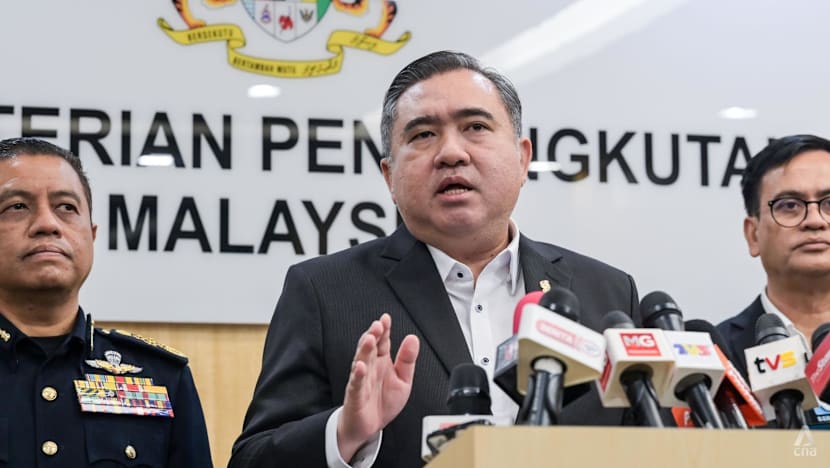 Malaysia's Transport Minister Anthony Loke. (Photo: CNA/Fadza Ishak)
Malaysia's Transport Minister Anthony Loke. (Photo: CNA/Fadza Ishak)
“It is a huge task for the airport management to improve the rankings and make KLIA a landmark every Malaysian is proud of,” he was quoted as saying by Malay Mail.
On the Skytrax website, where passengers can post reviews of airports, long customs clearance, poor airport design, and a lack of good facilities were common complaints about KLIA.
Recounting a recent experience at KLIA Terminal 2, Shukor highlighted the stark difference in immigration processing times between Malaysians and foreigners.
As a Malaysian, he cleared immigration in under a minute, but his wife — a Japanese national — was subjected to a 75-minute wait in the queue designated for foreign passport holders.
He also believed the airport’s design results in long walks from the terminals to the immigration.
“While I noticed a significant passenger volume at the airport — a positive indicator — I question whether the service quality is commensurate with that influx," he said.
SUSTAINED INVESTMENT NEEDED
According to Harridon, simply improving connectivity — which increases passenger volumes — will not be enough to retain high rankings.
To cope with more passengers, he suggested KLIA needs to ensure there are enough kiosks for efficient processing to retain an optimal OTP value.
He also said there was a need to plan for the future, and terminal expansion would be a favourable step.
In December last year, Transport Minister Loke said Malaysia Airports had been planning to add a fourth runway and new terminal at KLIA, among long-term solutions to accommodate the increasing number of flight passengers.
He said the proposal, among other things, involved increasing the capacity of KLIA Terminal 1 from 30 million passengers per annum to 59 million, as well as boosting the capacity of KLIA Terminal 2 from 45 million passengers per annum to 67 million.
The long-term plans also include building a private premium terminal as well as a terminal for Muslims going to Saudi Arabia for the Haj and Umrah pilgrimages.
AirAsia’s Bo said for hubs like KLIA, “strategic competitiveness will hinge on how efficiently passengers depart, how intuitively they arrive, and how seamlessly they connect in between”.
AirAsia has pioneered digital solutions such as fully digitalised self check-in, contactless baggage drop and mobile boarding passes, which have helped catalyse a smoother, more efficient departure experience for millions of guests, he said.
As more travellers connect across Southeast Asia, airports need to “move beyond infrastructure and towards orchestration”, Bo said.
“This involves designing environments where operations, data, and customer experience work together as one so Malaysia can sustain its leadership in low-cost connectivity globally.”
Chen Chuanren, an editor of Air Transport World, an industry publication, said KLIA remains a respectable hub within Southeast Asia, but years of underinvestment and limited long-term planning have hindered its ability to compete on a global scale.
Sustained investment is needed to modernise and maintain KLIA’s facilities, he said, citing how the aerotrain only returned to service on Jul 1 after nearly two years of delays.
From Jul 2 to Sep 30, 19 aerotrain service disruptions were reported, Deputy Transport Minister Hasbi Hasbibollah told the House of Representatives on Oct 13.
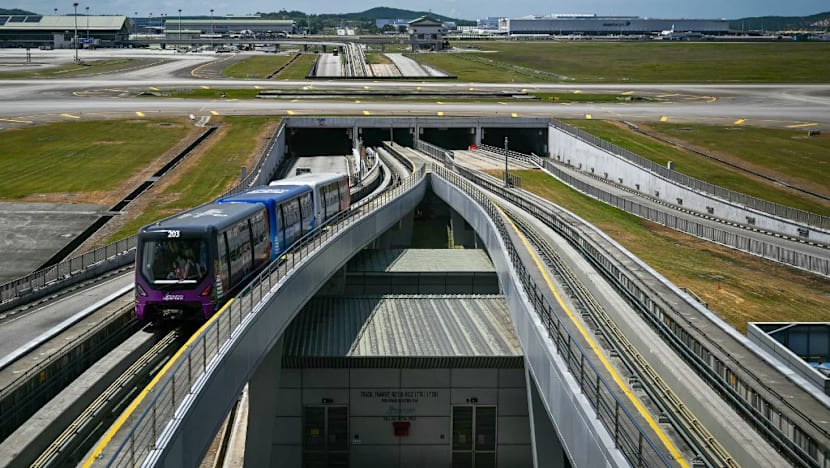 An aerotrain at Kuala Lumpur International Airport in Sepang. (Photo: AFP/Mohd Rasfan)
An aerotrain at Kuala Lumpur International Airport in Sepang. (Photo: AFP/Mohd Rasfan)
“While some improvements, such as the installation of automated e-gates, have helped streamline passenger processing, many parts of the airport still show their age,” Chen said.
“Ultimately, enhancing KLIA’s position requires more than just infrastructure upgrades — it calls for a coordinated, whole-of-government effort to strengthen Malaysia’s attractiveness as a destination and to encourage more airlines to serve the airport.”
Tourism expert Tan Kok Liang agreed, saying the airport is the first impression visitors have of the country.
Without expanding and improving the infrastructure of KLIA, “there is no way to meet the continuous surge of new airlines and passenger volume”, he said.
“We should be proud of the rankings but not complacent about it.”


